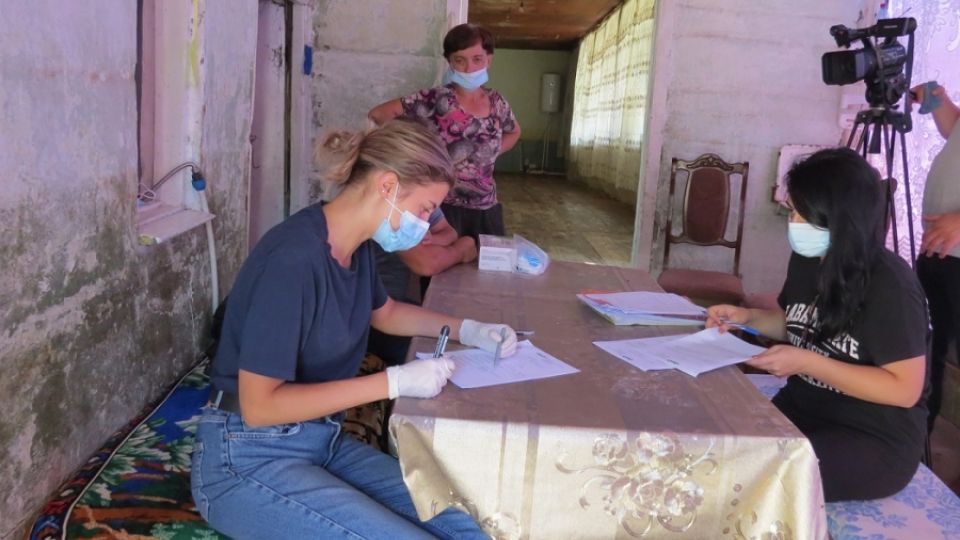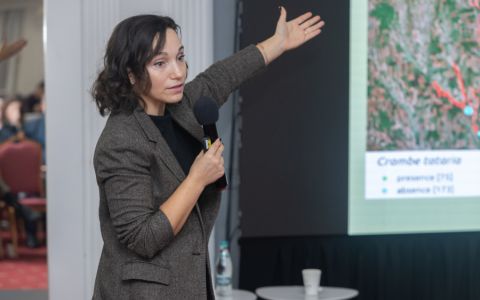Arnika, together with its partner NGOs Centre for Community Mobilization and Support (CCMS) and the information organization EcoLur, conducted another survey of the health burden on community residents, this time around the functioning tailings pond Nahatak in the associated community of Akhtala in the province of Lori. The results confirmed a higher load in the locality of interest compared to the reference community in the unencumbered community of Achajur in the province of Tavush. The findings of this year's biomonitoring will be presented through an online conference “For a clean development of the Tumanyan region”, which will take place on December 15th 2020 from 12:00 PM CET.
This biomonitoring is a continuation of previous studies that have shown high levels of heavy metals and toxic compounds in the northern industrial mining area of March Lori, in water, soil, sediments, and agricultural products, as well as higher levels of carcinogenic and non-carcinogenic risks posed by heavy metals to human health. The new research focused on the biomonitoring of pollutants in the human organism and on determining the level of heavy metal loading in the bodies of different age and gender groups of the local population. The samples were analysed in the accredited laboratory of the Health Institute in Ústí nad Labem with the financial support of the Transition Promotion Program of the Ministry of Foreign Affairs of the Czech Republic.
The results of the biomonitoring showed a significant difference in the concentrations of arsenic, copper, and cadmium between the reference locality and the area of interest, while confirming the increased level of risk for the pediatric population. “The results of the analyses performed on urine samples taken in the Chochkan, Mets Ayrum, and Poker Ayrum localities confirm the possibility of increased arsenic exposure in the local population in comparison with the reference locality in the Tavuš province. The average value of arsenic in the urine was more than 20% higher than in the control group. It is also interesting to find out that arsenic levels found within the group of children aged under seven years were significantly higher compared to adults,” explains the author of the study, MUDr. Miroslav Šuta, a professional consultant for health risk assessment from the Centre for the Environment and Health.
The impact of the current ecological situation on local communities is also confirmed by the results of a sociological survey. In their opinion, the local government is not taking the necessary steps and does not sufficiently support the improvement of the current state of the environment in the region. The low quality of the environment is also associated with difficulties in agriculture and the occurrence of diseases. Oleg Dulgaryan, the director of CCMS, comments thus on the situation: “It is important to realize that the local population is well aware of the threats and realities associated with the impact of environmental pollution on their health and economic well-being and that the situation requires serious assessment from the state, with regard to compensation for damage already caused and decontamination of the environment they live in. However, there are currently no evaluation and redress mechanisms in place.”
A link to the ZOOM conference “For a clean development of the Tumanyan region” can be found on facebook event. The conference will be attended by local activists, members of the public, responsible state authorities and local governments, and a video clip, “Children of Akhtala under the sign of arsenic”, will be presented.
Our activities are funded by the Ministry of Foreign Affairs of the Czech Republic from the Transition Promotion Program.








